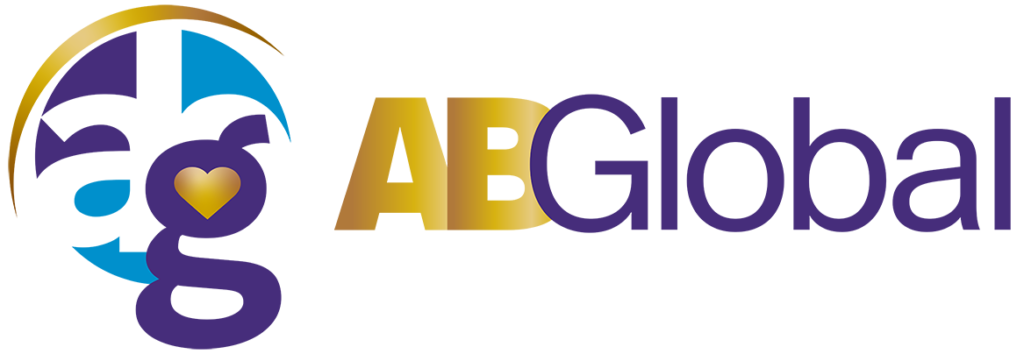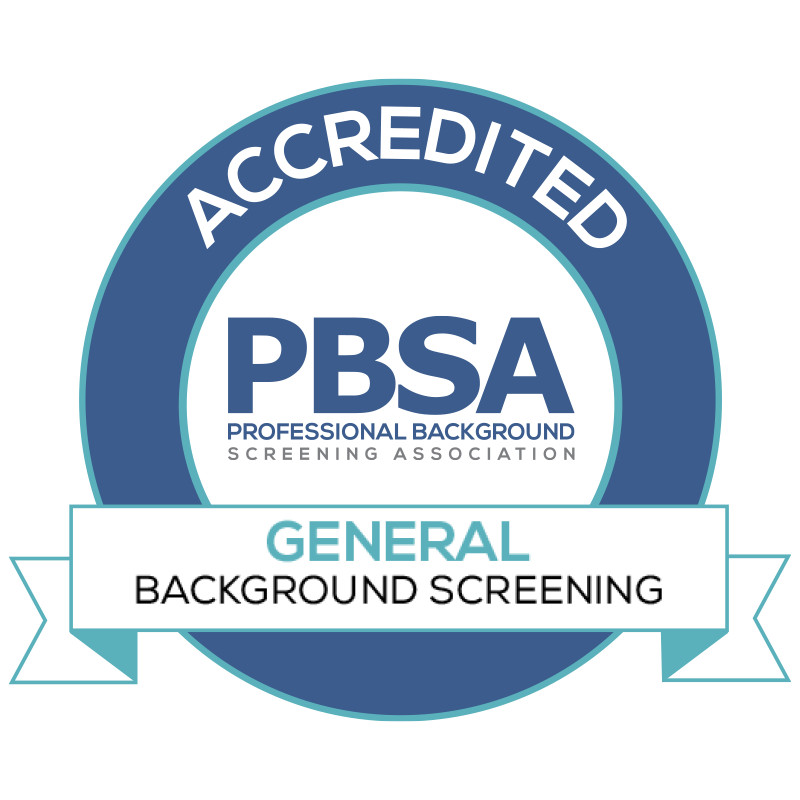Remote interviews have become a cornerstone of the hiring process, offering convenience, flexibility, and the ability to connect with top talent across geographic boundaries. However, remote interviewing presents unique challenges that require thoughtful planning and execution to ensure a smooth and effective process. Here are some best practices to help you conduct successful remote interviews that provide a positive candidate experience and lead to well-informed hiring decisions.
1. Prepare Your Technology in Advance
Choose a Reliable Platform: Whether it’s Zoom, Microsoft Teams, or Google Meet, choose a platform that is easy to use and has features you need, like screen sharing, recording, and virtual waiting rooms.
Test the Equipment: Make sure your camera, microphone, and internet connection are functioning well before the interview. A test run can prevent technical glitches that may disrupt the interview.
Create a Backup Plan: Send candidates a backup number to call in case of technical issues. This shows foresight and helps minimize any frustration caused by tech problems.
2. Optimize Your Environment
Set Up a Professional Space: Ensure your background is clean and uncluttered. A well-lit, quiet area helps you appear professional and focused.
Minimize Distractions: Close unnecessary programs on your computer, silence your phone, and inform others around you not to disturb you during the interview. Avoid interruptions to maintain a seamless experience for the candidate.
Dress Appropriately: Although the interview is remote, dressing professionally sets the tone and demonstrates respect for the candidate.
3. Communicate Clearly and Thoroughly
Confirm the Details: Send an email with the date, time, platform, and link, along with any instructions or guidelines on how to join the interview. Clearly communicate the interview format and any steps the candidate should take to prepare.
Outline the Interview Process: Let candidates know what to expect, including how long the interview will last, who they’ll be speaking with, and if there will be a second round. This reduces anxiety and helps them prepare accordingly.
Encourage Questions: Provide an opportunity for candidates to ask questions about the role, company culture, and team dynamics. Remote interviews can feel less personal, so encouraging questions helps establish a connection.
4. Engage Candidates and Maintain Eye Contact
Look at the Camera: Instead of focusing on the screen, look into the camera to simulate eye contact. This helps build rapport and makes the conversation feel more personal.
Use Non-Verbal Cues: Nod, smile, and provide other non-verbal cues to show that you are listening and engaged. In a remote setting, candidates may feel less connected, so visual cues can help create a sense of presence.
Be Attentive and Active: Remote interviews can sometimes feel disjointed due to delays or lag. Pay close attention to your candidate, and don’t be afraid to ask them to repeat something if needed to ensure you fully understand their responses.
5. Leverage Video and Screen-Sharing Features
Share Relevant Materials: Use screen sharing to present the company’s mission statement, an organizational chart, or other relevant documents. This provides candidates with a visual understanding of the company.
Incorporate Practical Assessments: If applicable, use screen-sharing features to conduct real-time assessments, such as case studies or skill demonstrations. This can give you a more comprehensive view of the candidate’s abilities.
6. Prioritize Consistency and Fairness
Ask the Same Questions: To avoid bias, prepare a list of standardized questions that you ask all candidates for the role. This helps you evaluate each candidate based on the same criteria.
Take Notes: Document your observations and responses to questions in real-time or immediately after the interview to ensure you accurately remember key points. This is especially important in remote settings where you might not have as strong of a recall as in-person interactions.
Use a Rating System: Consider implementing a rating scale to evaluate candidates’ responses objectively. Consistent metrics can simplify comparisons and support fair decision-making.
7. Provide a Positive Candidate Experience
Be Punctual: Log in a few minutes early to greet the candidate promptly. This shows respect for their time and leaves a positive first impression.
Showcase Company Culture: Take a moment to discuss your organization’s culture, values, and work environment. Remote candidates may not have a chance to visit your offices, so paint a vivid picture of what it’s like to work at your company.
Follow Up Promptly: Send a follow-up email to thank the candidate for their time and outline the next steps in the hiring process. Prompt follow-up demonstrates professionalism and keeps candidates engaged.
8. Be Mindful of Body Language and Tone
Be Aware of Your Tone: In remote interviews, tone can be more impactful as it may be the primary source of emotional cues for the candidate. Be enthusiastic, empathetic, and genuine throughout the conversation.
Monitor Your Body Language: Sit up straight, maintain open body language, and avoid crossing your arms or appearing distracted. Even through video, body language can convey much about your interest and attitude.
9. Conduct Mock Interviews for Practice
Prepare with Colleagues: Run through a mock interview with a coworker to familiarize yourself with the platform and practice the flow of questions. This can be particularly useful if you’re new to remote interviews or the platform you’re using.
Request Feedback: After the mock interview, ask for feedback to fine-tune your approach and make any necessary adjustments.
10. Stay Adaptable and Flexible
Be Ready to Adjust: Technical issues or unexpected interruptions can happen. Stay calm, be patient, and work with the candidate to find a solution.
Keep an Open Mind: Some candidates may be more comfortable in remote settings, while others may find it challenging. Be understanding and adapt your approach to accommodate different personalities and comfort levels.
Incorporating these best practices into your remote interviewing process will not only help you evaluate candidates effectively but also create a positive experience for them. By being well-prepared, attentive, and consistent, you can make the most of remote interviews and attract top talent, no matter where they are located.








